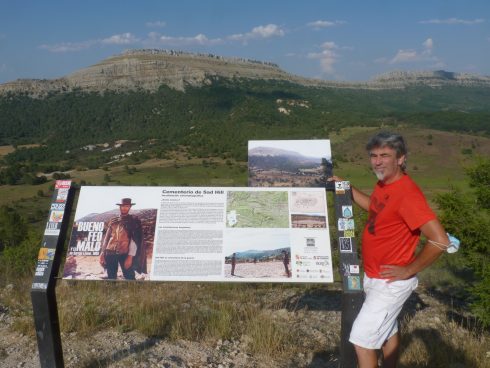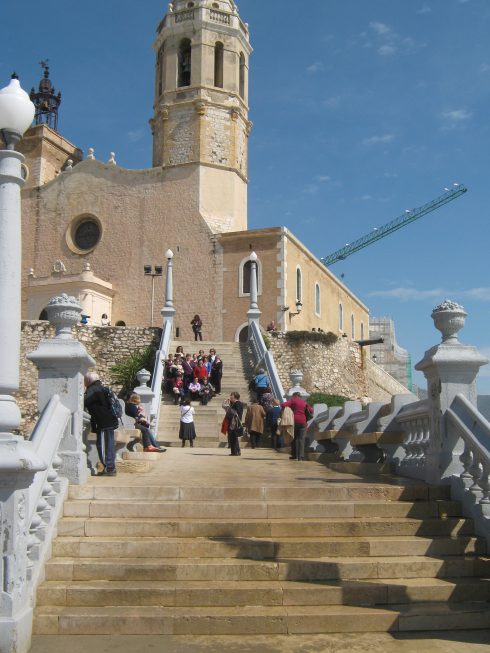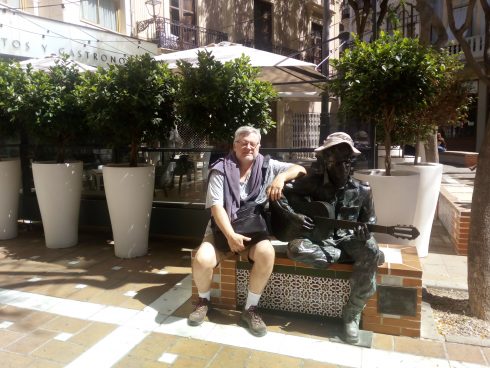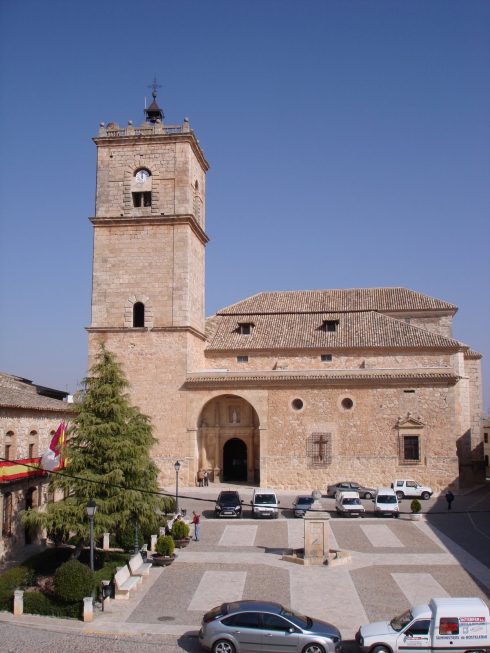I have stayed at four Paradors so far, never as a paying guest but always invited to give a conference. However, I suspect that on my upcoming road trip with Thelma, we will find ourselves at the other end of the food (or hotel) chain.
Nevertheless, some of Spain’s Paradors have featured in some important films. Keep reading……
A British officer, elegantly played by Cary Grant, lands on the Spanish coast of Galicia with a mission: to save Spain from Napoleon. Just after landing Grant’s coach can be seen passing in front of the famous Alcazar castle of Segovia just north of Madrid. Seconds later the stagecoach arrives in Compostela de Santiago in Galicia indicating that Hollywood doesn’t respect geography any more than it respects history.
Grant arrives at the Plaza de Obradoiro, where he enters the guerrilla headquarters, which is actually the Parador hotel of Santiago, where Frank Sinatra, Sophia Loren and Grant were also guests during the filming of ‘The Pride and the Passion,’ released in 1957.

This 16th century palace was commissioned by the Catholic Monarchs, Fernando and Isabel to provide hospitality for pilgrims arriving at the end of the Camino de Santiago (St. James’ Way), still today an attractive 750 kilometre stroll from Roncevalles in the Pyrenees.
Another scene from Pride and passion was shot at the impressive castle, which is now the Oropesa Parador in Toledo province, filming which revolutionised the town, where practically nobody wasn’t an extra for the film. It was in the town that the guerrillas (a word that entered the English language from Spanish during the war against Napoleon) ask the spectators at a bullfight to help them pull a giant cannon from the river.

Of the stars, only Sinatra was involved in these scenes, and his presence at the Parador, which had functioned as a hotel since 1930, is remembered even today with an information panel, one of many that tell the history of the building.
Spain’s Parador hotels are state-run and are mostly located in historical monuments such as castles and palaces. They offer a little luxury at reasonable prices, allowing the most humble of citizens to feel noble and pampered, their restaurants and bars being open to the public.
The Duke of Wellington stayed at the castle at Oropesa, the first Parador to be opened in a historical building, just before defeating the French at the Battle of Talavera in 1809.
Since then this early 15th century castle has entertained many illustrious travellers, including Graham Greene and Somerset Maugham.
The scene from the film occurs when the giant cannon being taken across Spain to liberate Ávila is stuck and in need of pushing, and Sinatra approaches a town where a bullfight is taking place. He makes a patriotic speech, in the central patio, despite the presence of French troops, who are then put to the knife while the townspeople follow him out to rescue the cannon and their own patriotic self-respect.
This Parador has a curious attraction for feminists as its first director, from 1930 to 1965, Adela Paramo, was a woman, an anachronism in those days; and also, as another information panel testifies, the Parador was the scene of the first bullfight involving a female Matador, Conchita Citron.
The chain of almost 100 mostly historical buildings that comprise the Spanish Paradors have seen some of their finest moments on the silver screen.
During American producer Samuel Bronson’s last epic, Circus World (1964), there is a scene in which we see none other than John Wayne with some blue, red and white striped tents to his left. It is here, on the steps of Chinchón’s Parador, that Claudia Cardinale is treated by a doctor and finally meets her mother (Rita Hayworth), who a lusty Wayne then chases under the temporary stands of Chinchon’s 15th century round square, where bullfights are regularly held, including the one in the David Niven version of Around the World in 80 Days.
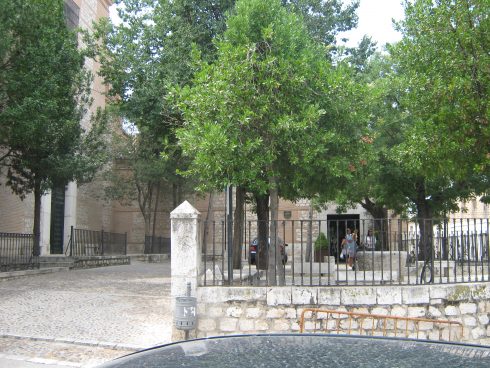
Orson Welles loved good living and found a gutful of it in Spain, where he frequently filmed with or without sobriety. In Chimes at Midnight (1965), the 9th century impressive hilltop Parador of Cardona castle in the province of Barcelona was used for some of the court and coronation scenes for John Geilgud as Henry IV, in the crypt of the Abbey of San Vicente, purporting to be Windsor Castle was used for Henry’s funeral.

500 local people participated in the scenes shot at Cardona, an event that was of enormous importance in the town at the time.
John Glen, in ‘Christopher Columbus: The Discovery’, brought none other than Marlon Brando to the Parador of Sigüenza, a 12th century building which began its life as an Arab castle, in the sleepy province of Guadalajara.
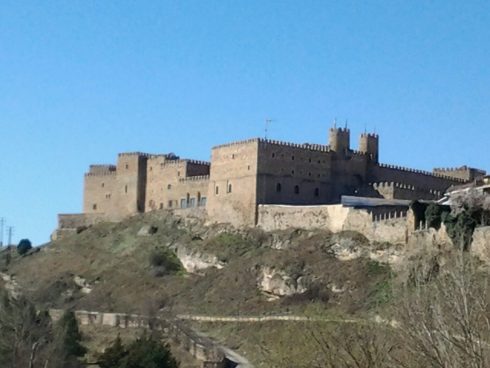
Brando played the Spanish Inquisition’s Torquemada, tormenting for a change instead of tormented.
Following the release of Emilio Esteve’s ‘The Way’ (2010) the number of Americans walking the Camino de Santiago pilgrim way multiplied by five.
Emilio directs and also plays the son of Martin Sheen, which of course he is in real life. The spectacular 16th century Parador of León plays itself too when Sheen treats his fellow pilgrims to a night of very unpilgrimlike luxury there in a sumptuous building also commissioned by the Catholic Monarchs to attend the needs of pilgrims.
Spain’s Parador hotels are to be found all over the country and are frequently to be found in monumental buildings:
Click here to read more Silver Screen Spain (on The Road With Thelma) News from The Olive Press.


